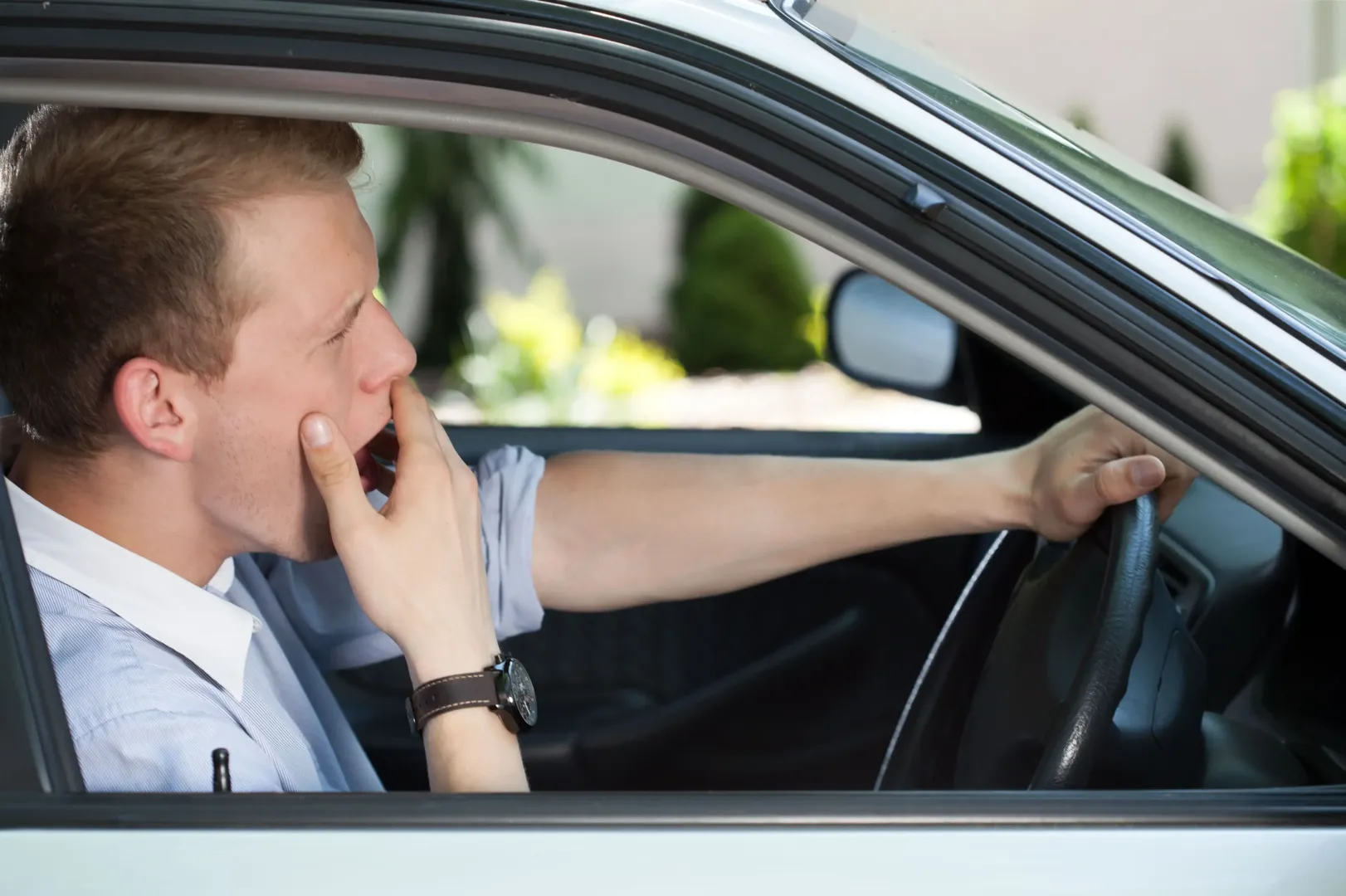
Everyone knows that drink driving is dangerous and illegal, so how can you make sure your drivers avoid it?
Lack of knowledge about alcohol units and the legal driving limits, means that people can drink-drive without realising. 20% of motorists in Britain admit to driving the morning after drinking heavily, while they are still intoxicated. Sleeping does not eliminate the effects of alcohol, in fact nothing can speed up the alcohol break down process. Drinking lots of water and eating can help you to feel sober, but they do not make the alcohol disappear from your system.
Drink driving convictions and casualties have fallen in recent years, for example the total convictions in 2005 was 72,127, whereas in 2015 the total was 37,578. This is a great sign that people are becoming more informed and aware of the dangers. However more can still be done.
It takes around an hour per unit to break down alcohol in your system, depending on your age and size. A 175ml glass of average strength wine is 2.1 units, meaning it takes about two hours to break down. As is a pint of low-strength beer. The number of units that will put you over the limit again depends on multiple factors, but as a rule of thumb, drinking two of either of these drinks will put you over the limit. You may not feel drunk, but if you have 35 mg of alcohol per 100ml of breath, you are past the legal driving limit. How will your drivers know if they’re over the legal limit? You can encourage them to purchase a breathalyser that can be kept in the vehicle they’re driving. They can be bought online or from places such as Halfords for around £40. This guarantees that your drivers know if they are safe to drive after they have had a drink.
To avoid drink driving without owning a breathalyser, it is important to measure your drinks. Check how many units are in what you drink and count them as you go perhaps using an alcohol unit tracker app on your phone. This way you can work out how many hours it will take to break down the alcohol in your system and whether you are safe to drive the next morning.
It’s also important to avoid mixing drinks and hard liquor. Drink something with a low alcohol content and pace yourself by having soft drinks in between, giving your liver time to break it down. As well as this, having foods high in carbohydrates and fat before a night out will slow the rate at which the alcohol is absorbed. It also helps to continue snacking as the night goes on.
To encourage your drivers to drink sensibly, why not try out a few incentives or awareness courses? Provide soft drink vouchers to drivers so they are more likely to purchase them on a night out. Offer alcohol awareness courses so that your drivers can learn the dangers and their limits. Maybe even do a company drink-free month for charity so that everyone can feel the benefits of avoiding alcohol while giving to a good cause.


